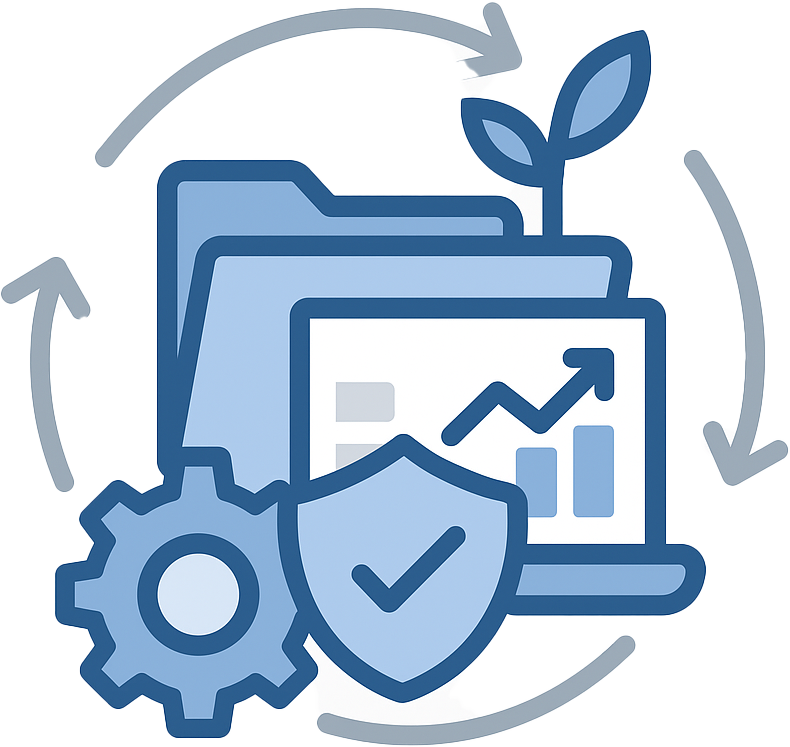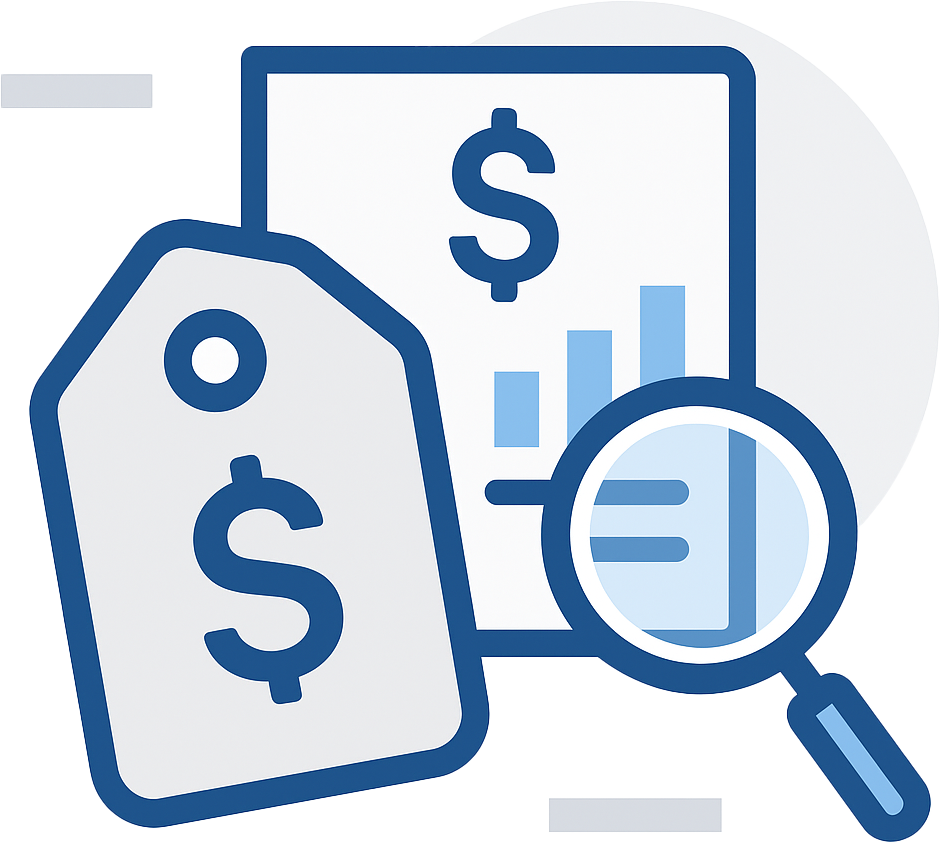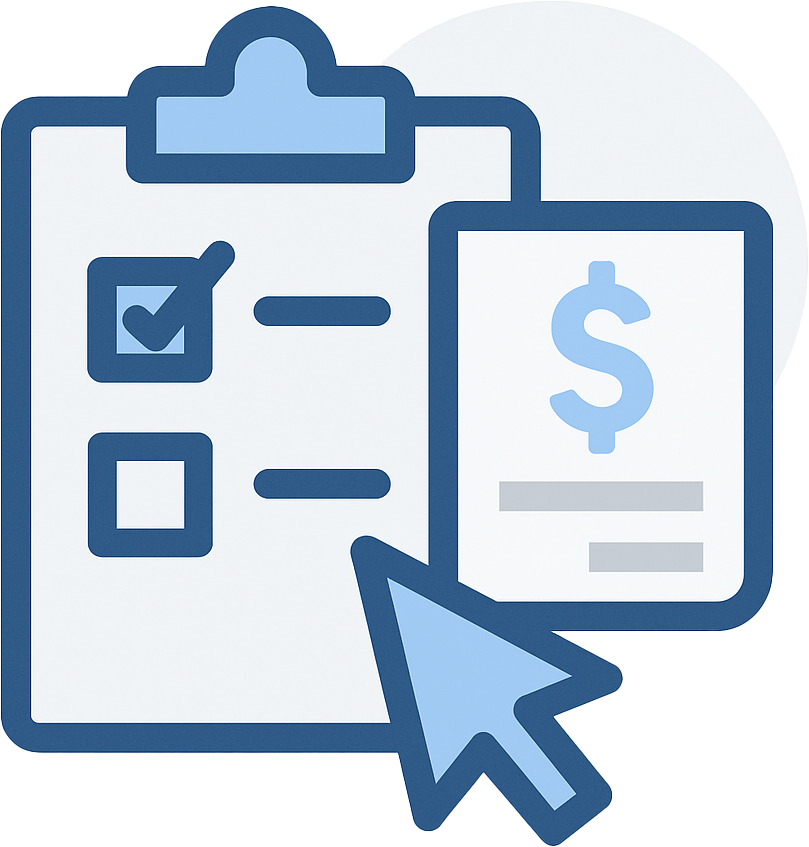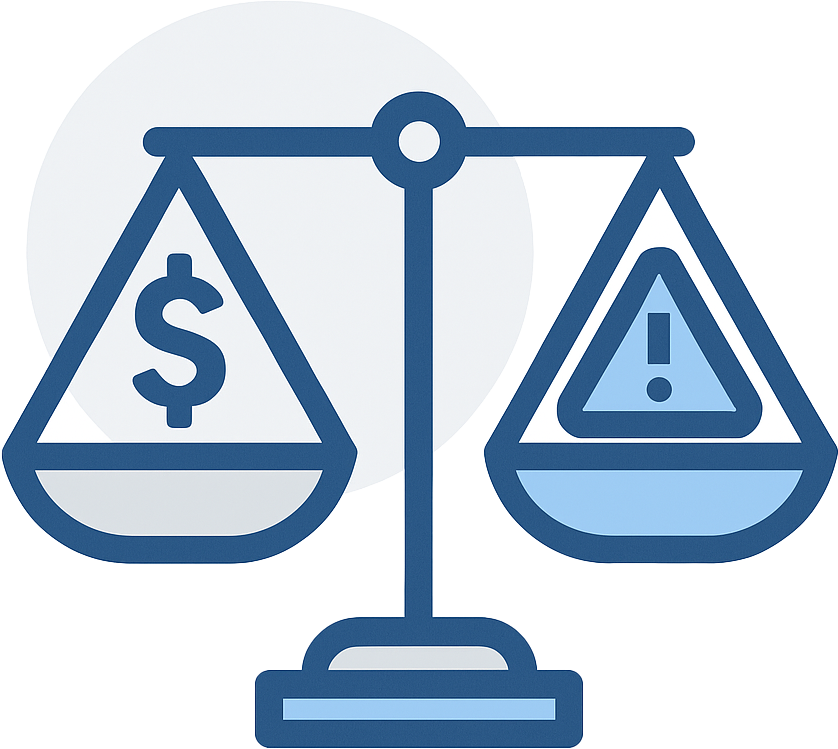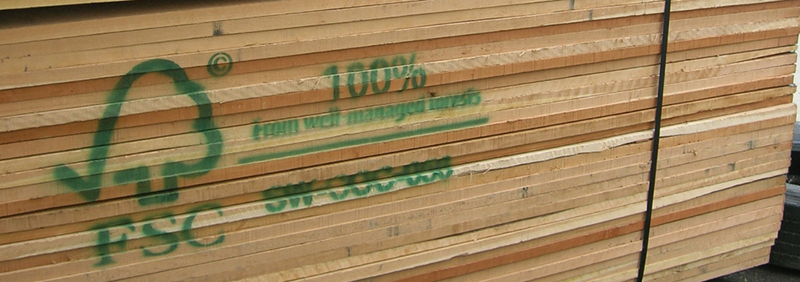We cover some of the basics about the new concrete responsible sourcing scheme.
We've been working heavily with some savvy concrete producers lately who are actively pursuing becoming more environmentally friendly and sustainable companies. Aside from the obvious PR boost, these top producers are seeing a very real ROI by embracing sustainable practices, implementing solid, 3rd party verifiable environmental management systems, and not screwing around with basic environmental compliance issues. They're getting better, higher paying jobs, working for very well-known publicly recognizable companies, making good money, and buying up competitors left and right.
And now, there's a new game in town to help them even more. Enter the concrete responsible sourcing scheme, or the concrete RSS.
Let's get into some questions these producers have been asking us, and try to explain what it is.
What is a concrete responsible sourcing scheme?
A responsible sourcing scheme is more or less a sustainable certification system that confirms that a product, plant or company has met certain criteria for sustainable practices. The primary benefit of an RSS certification is that it demonstrates to your customers and others that you operate in a sustainable, environmentally positive manner.
It's an evaluation program where you compare your current sustainable and environmental practices, along with those of your suppliers, and amass certain credits toward a final credit total which will define your level of certification (somewhat like LEED). Much of these credits will be based on how you perform to industry averages; do better than industry averages, receive more credit.
Where did the concrete responsible sourcing scheme come from?
This effort is being spearheaded by the Cement Sustainability Initiative out of the World Business Council for Sustainable Development, with the intent and goal of being usable by the concrete industry worldwide to demonstrate responsible sourcing by a company, plant, or product.

In short, this is an international effort that members of various concrete associations and organizations across the planet are participating in. So it's coming from an international body, but input is global.
Is the concrete responsible sourcing scheme something new?
For the concrete industry yes, for other industries, no.
There are RSSs in existence for other products, with perhaps the best known example being the FSC (Forest Stewardship Council) certification of wood products. You've probably seen this on wood at Home Depot for example, on some of their more expensive lumber. Savvy, forward-thinking builders and those who want LEED credits use FSC wood in their projects.
In the coming years, concrete producers who actively work at it will have the availability of putting a verifiable label on their products. Remember, this isn't just some sticker you can slap on a truck or precast piece. This is a label that shows your product has met certain criteria to receive this prestigious sustainable indicator.
What practices will the concrete RSS evaluate?
That will be determined by the final version of the concrete RSS, but expect things like carbon footprint, water footprint, environmental releases, recycling, fuel and energy use, etc., as well as the presence of an environmental management system, a quality management system, and a health and safety management system.
Additionally, the concrete RSS will also evaluate your sustainable supply chain, meaning it's going to look into where you're getting your materials from. There's no hiding or faking the claims here.
Why should I look into the concrete responsible sourcing scheme?
This is the million dollar question!
Expect savvy engineers, designers, architects, etc. in the future to demand concrete that meets certain environmental criteria, similar to how they're already demanding the use of FSC wood in their projects.
Meaning, if you can provide a product that meets their environmental specifications, you're in! If you can't, don't even bother submitting a proposal.
So, you'll be able to bid on jobs that not everyone can, you'll have a positive PR image for being forward thinking, and you'll see tangible returns on your investment into the environment, that's why.
I want to get started! Where can I get one of these concrete RSS's for myself!?
Slow down there. First off, it's still under development. Look for the concrete responsible sourcing scheme early in 2015, which after some beta testing, should be ready for use a few months later. So you can't get started just yet.
And, this isn't some DIY project you can work on. Presumably (almost guaranteed) there will be independent auditors who are going to have to be certified, and meet some specific qualifications. So, you won't be able to certify your own RSS, but will have to hire an independent third-party auditor.
It's our goal at RMA to have at least one auditor on staff under this program, so we can help new and existing concrete producers take steps into the right direction with this new program.
Will this be accepted by the USGBC for LEED credit?
That would clearly be the intent, although that will depend on the credibility, thoroughness, and transparency of the concrete RSS. But that's the goal.
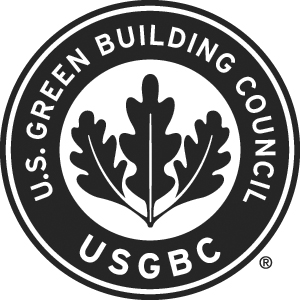
They tend to stick with thorough, verifiable programs, so if the concrete RSS ends up being as thorough and tough as they're making it out to be, I think there's a good chance it'll end up being accepted by the USGBC.
I mean after all, the Europeans are spearheading the effort, and they don't mess around with stuff like this.
How will the concrete Responsible Sourcing Scheme impacct U.S. concrete producers?
I'm predicting this is going to go like EPD's for the concrete industry. Meaning, there's going to be an initial push by the top producers in the nation, and then a slow trickle of folks playing catch up.
In the end though, this is going to be the new normal for progressive building, especially if it ends up being included in a new version of LEED. If you want to bid and work for top players, constructing environmentally friendly buildings, you're going to want to look into this.
My advice, keep your eyes and ears open for any news on this. This has the potential to be big for the concrete industry. To learn more, click here to contact us or give us a call at 609-693-8301, and sign up for our blog to get updates on this.


